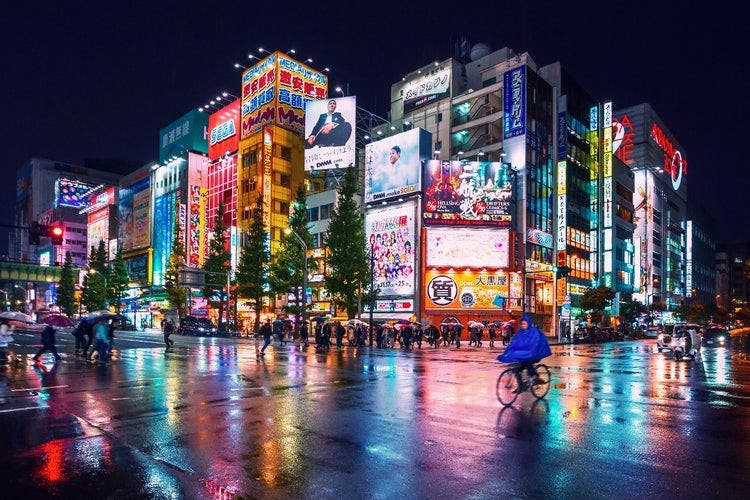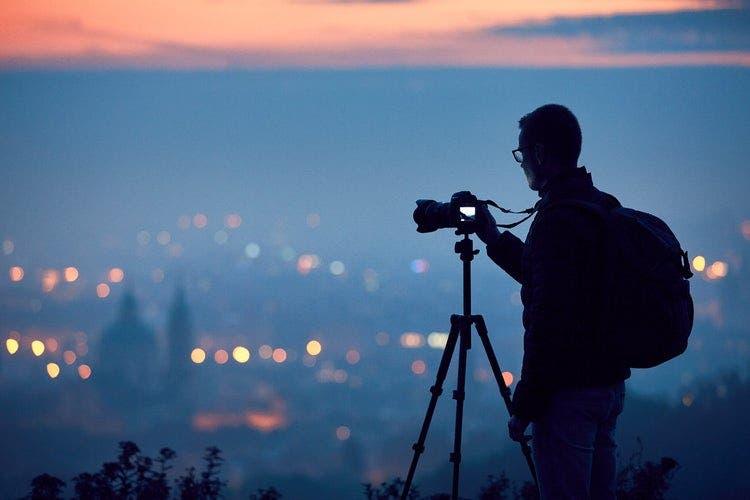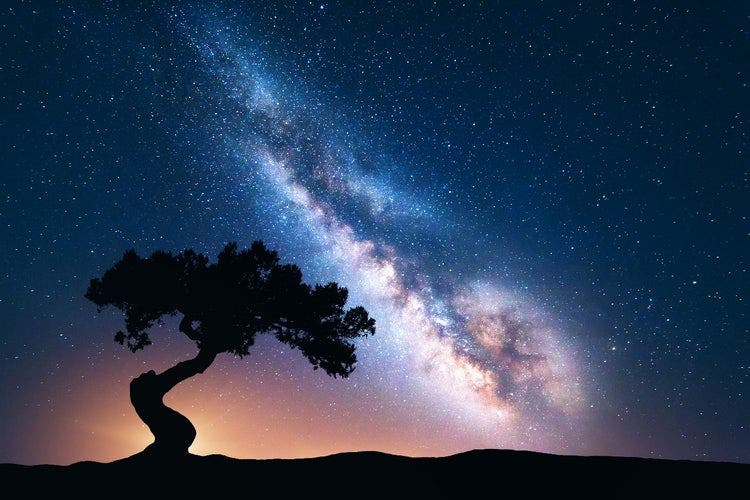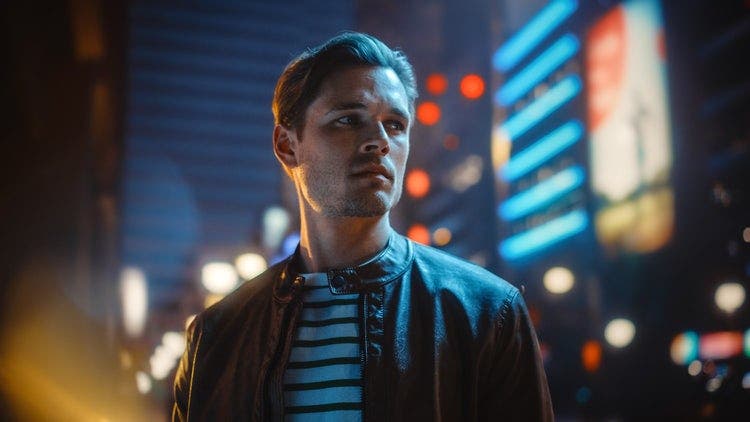The Best ISO Settings For Amazing Low Light Photography
Taking shots in low light without correctly setting your camera can be difficult and result in excessively dark, hazy, or grainy images. You can try out new and imaginative shots more often once you are at ease with your camera. Using the manual mode to control the outcome of your images can be tough, but practice makes perfect.

Shutter speed, Aperture, and ISO are the foundation of photography. Together, these three parameters are also known as the holy trinity of photographic exposure. If you want to take excellent pictures every time, you must understand these concepts to put them into practice. In this article, you will learn to use ISO on a camera.
But what is the ISO meaning in photography? How does your camera's low ISO impact your pictures? This article will introduce ISO to beginners and outline how to use low ISO for the most excellent outcomes.
Key Takeaways
- An understanding of ISO and how it impacts our photos
- The significance of ISO in low light photography.
- How noise affects your photos at high ISO
- Eliminate noise in your low light photography by choosing the right ISO.

What is ISO?
ISO stands for International Organization for Standardization. It is an organization that sets international standards for all kinds of measurements. But when it comes to photography, ISO is a setting that controls how sensitive your camera will be to light. It's pertinent to understand that ISO has nothing to do with the amount of light captured by the sensor. It deals with what happens after a camera captures light.
The least sensitive ISO number will vary from camera to camera. But ISO 100 is largely the lowest ISO setting on most cameras. The lower the ISO number, the lower the camera's sensitivity to light and vice versa. ISO range often starts at 100 and doubles until it reaches the limits of your camera: 200, 400, 800, 1600, 3200, and so forth, with 1/3 stops in between. ISO 200 is double the sensitivity of ISO 100, and so on.
What does low ISO mean?
ISO on a camera determines how sensitive a film or digital sensor is to light. A higher ISO value indicates more sensitivity to light than a lower ISO number. It's one of photography's three components of the exposure triangle, along with the aperture and shutter speed.
Low ISO generally refers to a low ISO number and associated sensitivity. If a camera has a base ISO range of 100 – 3200, then an ISO of anything between 100 to 400 can be considered a low ISO. ISO 1600 and above is regarded as a high ISO.
How does low ISO affect photos?
As mentioned above, low ISO renders the camera less sensitive to light. That has its advantages. Let's say that you're shooting outdoors in broad daylight. There is an abundant amount of sunlight to work with. In a situation such as this, you don't need the camera to be too sensitive to light or risk overexposure of your images. You need the lowest ISO setting to use a fast aperture and a fast shutter speed.
A faster aperture will help you capture a shallow depth of field. Additionally, faster shutter speeds will help you freeze a moment, such as when you are shooting astrophotography. You want to freeze the moment by using the fastest shutter speed possible while pushing the ISO high up. In good light, there are a ton of situations where you may want to freeze a moment. Such as when photographing a bird or a soccer player in action or your pet dog playing in the yard.

A low ISO setting is often used in a low light situation when using a long shutter speed (long exposure photography). This is despite the lack of ambient light in the scene where a high ISO is normally recommended otherwise.
When to use low ISO settings?
Even though lower ISO will produce better photographs that are more appealing to your viewers, you must be aware of a few exceptions to achieve the finest shots. In the following scenarios, low-iso settings can result in better pictures:
- When you can control the studio lighting
- When there is abundant ambient light to shoot with.
- If you are using a tripod and there is a lot of natural light
- When the aperture and shutter speed are not fixed
- When you're using the creative modes (such as manual, shutter priority) to shoot long exposures

What ISO should you use at night?
The ISO settings are directly related to the subject of the photograph. The ISO number perfect for one genre of photography isn't always beneficial for another. Just because you're shooting in a low light situation does not mean that you should be using a high ISO number. So, what ISO should you use at night? Let's take a few examples to understand this.

Let's say that you're photographing the night sky (astrophotography). When shooting night sky/astrophotography, you should use the higher ISO your camera can use before noise becomes too evident in the image. In other words, noise does not dominate the image.
Some cameras have a high signal-to-noise ratio, even at high ISO. Meaning the optical signal is more powerful than the noise. You can use a high ISO number on these cameras. But the sweet spot or the range differs from camera to camera. On inexpensive cameras or small sensor cameras, the threshold could be lower.
So, you will need to figure out the range for your specific camera. Take a few test shots at high ISO to determine at what level noise overshadows the optical signal. But don't consistently shoot at that ISO level. If ISO 6400 is where your camera starts showing signs that noise is overpowering the signal, shoot at 1600 or less to get a cleaner image.

Let's take another example. Let's say that you're photographing a person using a streetlight. The light is insufficient for proper exposure. Let's say you've set a f-stop of f/1.8 and a shutter speed of 1/100 sec. Despite that, the light meter shows that your exposure will be darker. In a situation like this, you can use a higher ISO number, like ISO 800 or even higher, to counter the problem of insufficient light. However, always stay within the threshold ISO as described above.
Wrapping up this discussion of ISO on a camera
ISO is a handy tool for your camera. It's a support system for the camera when the Aperture and Shutter Speed settings fail to produce an image adequately exposed. Interestingly, ISO does not influence the amount of light captured by the camera. Instead, it amplifies the light signal after it has been captured.
As a beginner photographer, someone who is exploring the creative modes on your camera, you'll have far more control over your photographs if you understand how ISO functions and how it affects exposure. To achieve the best results, stay within the threshold ISO value.
However, besides ISO, there are other factors you need to be mindful of, such as keeping your camera stable. Removing the 'camera shake' while working with slow shutter rates is crucial to achieving sharp images in dim lighting. Low light photography is challenging, but you can take beautiful pictures with the right ISO setting.
Want to learn more? Check out our photography tips and tricks articles.